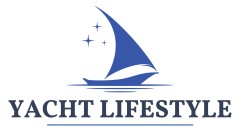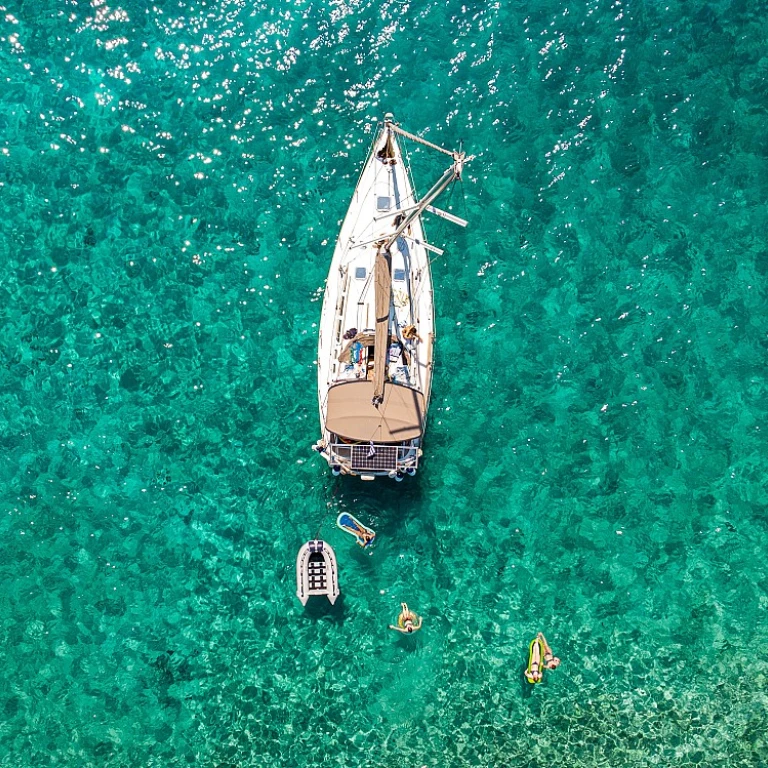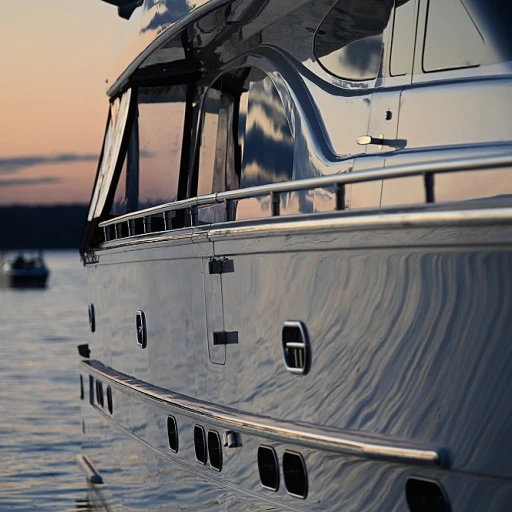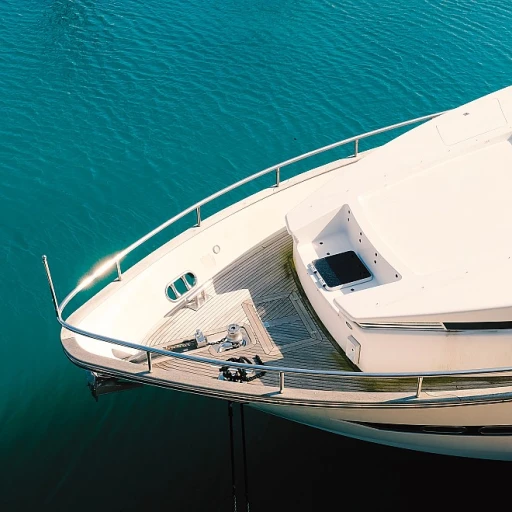The Importance of Nautical Maps in Chesapeake Bay
The Imperative Role of Nautical Maps
Chesapeake Bay, with its sprawling waterways and intricate contours, showcases the critical importance of accurate nautical maps. Navigating this extensive bay necessitates precise charts to ensure safe passage. These maps, often created and maintained by authorities such as NOAA and the NGA, serve as indispensable tools for mariners venturing through its complex channels.
These nautical charts are more than just mere representations of the bay’s topography; they provide vital information on water depths, tidal patterns, and potential hazards. This is invaluable for those piloting daily shipping routes or leisurely exploring the eastern coast. The Chesapeake Bay area is notorious for its hidden sandbanks and fluctuating tides, factors that contribute to the challenges faced by navigators.
In scenarios where modern technology may falter, traditional paper charts remain a trusted resource for navigating this renowned maritime region. Mariners often opt to purchase these maps as pilot books, and repurposed island landmarks also enhance Pacific yacht explorations, offering insights into safe passages. For those who cherish the nautical aesthetic, these charts often double as wall art, elegantly framed to commemorate unique voyages.
As the Chesapeake Bay continues to be a focal point for both serious maritime activities and leisurely trips, the reliance on comprehensive, updated nautical maps will remain an ongoing necessity. Understanding their importance helps mariners safely traverse not only the bay but also interconnected waters, making each journey a secure and memorable experience.
Challenges of Navigating Chesapeake Bay
Overcoming Navigational Hurdles in Chesapeake Bay
Navigating the expansive and intricate Chesapeake Bay presents a unique set of challenges that mariners must adeptly manage. Encompassing a complex network of rivers, the Bay’s considerable depth variations and tidal currents can create difficulties even for experienced sailors. Consequently, the precise use of nautical charts and maps is indispensable for a safe journey. Shifting Tides and Hidden Shoals One of the primary challenges is the dynamic nature of tides and currents. The ebb and flow of the tide can drastically alter water depths, revealing hidden shoals that can pose significant hazards to vessels. Mariners rely heavily on tide tidal data provided by NAVD charts and the Coast Pilot to effectively determine the best sailing times and routes. The Need for Accurate and Updated Information The Chesapeake Bay’s waterways are constantly evolving due to natural processes and human activities. Therefore, possessing the most current nautical maps is essential. Mariners can obtain updated charts from sources like NOAA and NGA, ensuring they have access to the latest information about the Bay's navigational markers and potential obstacles. Heed the Navigational Warnings No sailing adventure in the Bay is complete without respect for the varied navigational warnings. Like the winds, these can change swiftly, with sudden weather conditions or unexpected obstacles necessitating course corrections. Many sailors keep a framed paper nautical chart onboard, underlining the significance of traditional tools amid advancements. Embarking on this nautical journey requires precision and caution. By equipping yourself with accurate nautical charts, employing digital mapping technologies, and respecting environmental considerations, you can adeptly navigate the captivating waterways of Chesapeake Bay. You might also find insights on navigating uncharted waters here.Technological Advances in Nautical Mapping
Revolutionizing Navigation through Technological Innovations
Navigating the extensive Chesapeake Bay is no simple task, particularly given the bay's diverse topography and shifting tidal patterns. However, recent technological advancements in nautical mapping have significantly enhanced navigation efficiency and safety. One of the standout innovations is the introduction of digital nautical charts, which supplement traditional paper charts with real-time updates and interactive features. NOAA nautical charts provide mariners with precise information on water depths, wind patterns, and potential hazards. By integrating these digital charts with GPS technology, mariners can accurately pinpoint their location and adjust their course swiftly, reducing the risk of accidents. Furthermore, remote sensing and satellite technology have improved the precision of nautical maps. Agencies like the NGA and the Coast Survey are leveraging these technologies to provide more detailed representations of underwater terrains and coastal features. With high-resolution imagery, navigators can better understand the unique characteristics of the Chesapeake Bay, from its winding rivers to the intricate web of channels connecting the bay to the Atlantic and even the distant Great Lakes. Despite the reliance on digital tools, it's essential for mariners to be aware of technological limitations. Connectivity issues may arise in more remote portions of the bay, so having access to reliable sources like pilot books or printed nautical charts remains crucial. Additionally, modern innovations also come in aesthetically appealing forms—canvas wraps and wall art featuring maps of the bay can transform navigation tools into captivating decor, merging functionality with expression. As technology continues to evolve, the integration of augmented reality could further revolutionize nautical mapping by overlaying critical information directly onto the mariner's view of the bay, potentially enhancing both safety and the enjoyment of sailing through this iconic American waterway. For those looking to enrich their maritime experience, exploring the charm of the Carlouel Yacht Club in Clearwater presents an excellent opportunity to see these innovations in action.Environmental Considerations for Navigators
Considering Nature While Navigating
Navigating Chesapeake Bay requires a keen awareness of environmental factors, which can significantly influence sailing conditions. The bay, with its dynamic tide and tidal patterns, is a microcosm for environmental challenges. Charts are essential for maritime navigation here, offering insights into the constantly changing coast and river patterns.
NOAA and NGA provide valuable resources such as coast pilot books and mariners chart publications that aid in understanding the Chesapeake's unique environmental conditions. These charts are chart uscg and noaa chart formatted, ensuring precision in relaying the bay’s depth fluctuations and potential submerged hazards.
Moreover, the bay's ecosystem demands attention. Mariners should consider the impact their vessels have on local habitats. Responsible navigation helps preserve the Chesapeake's ecological balance. Paper or canvas wraps framed charts for wall art are not only decorative; they serve as constant reminders of the bay’s natural beauty and challenges.
Environmental awareness is crucial, whether you are in the Pacific, the Great Lakes, or the eastern coast. These considerations enhance both navigation safety and environmental stewardship, ensuring that the Chesapeake remains a haven for future generations of boaters.
Tips for Using Nautical Maps Effectively
Mastering the Art of Nautical Map Utilization
Using nautical maps effectively in the Chesapeake Bay area is essential for safe and efficient navigation. These maps, whether they are traditional paper charts or modern digital versions, are indispensable tools for mariners. Here are some practical tips to help you make the most of your nautical maps.
- Understand the Symbols: Familiarize yourself with the various symbols and notations used on nautical charts. The NOAA provides resources and guides that can help you interpret these symbols accurately, ensuring you can navigate the bay's complex waterways without confusion.
- Regular Updates: Keep your charts updated. The waters of Chesapeake Bay are dynamic, with shifting sands and changing tides. Regularly check for updates from the NOAA and NGA to ensure your charts reflect the latest conditions.
- Use Pilot Books: Complement your charts with pilot books, which offer detailed descriptions of the coastlines, tides, and currents. These books can provide additional insights that are not always apparent from maps alone.
- Integrate Technology: Consider using electronic charts and GPS systems alongside traditional maps. These technologies can offer real-time data and enhance your situational awareness, particularly in challenging weather conditions.
- Practice Map Reading: Regular practice in reading and interpreting maps will enhance your skills. Spend time with both paper and digital charts to become proficient in quickly identifying key features and potential hazards.
- Environmental Awareness: Always be mindful of the environmental considerations discussed earlier. Understanding how the bay's ecosystem affects navigation can help you plan your routes more effectively and responsibly.
By mastering these techniques, you can navigate the Chesapeake Bay with confidence, ensuring a safe and enjoyable journey through one of America's most intricate and rewarding nautical landscapes.
Future Trends in Nautical Mapping
Charting the Future of Nautical Mapping in Chesapeake Bay
Navigating Chesapeake Bay efficiently and securely is largely dependent on the accuracy and evolution of nautical charts. As we look towards the future of these essential mariner's tools, several trends are poised to revolutionize nautical mapping, offering enhanced precision and usability for navigators.- Digital Charting: The transition from paper to digital charts is continuing to transform the way mariners approach navigation. With platforms that allow for real-time updates and more interactive features, digital nautical charts are becoming indispensable for those navigating the intricate waterways of Chesapeake Bay.
- Integration of AI and Machine Learning: Emerging technologies like AI and machine learning are set to play a significant role in charting. By analyzing vast datasets, these technologies can help predict tide tidal patterns and identify changes in shipping routes in the chesapeake and beyond, thereby enhancing safety and efficiency for all mariners.
- Improved Data Collection Methods: Future mapping will leverage advanced sonar and satellite technologies to capture more comprehensive and detailed data related to the coast, rivers, and bays. Organizations like NOAA and NGA will likely continue to lead these efforts, seeking ways to better chart both the Chesapeake and the broader eastern seaboard.
- User-Generated Data Inputs: The proliferation of user-enabled platforms means that mariners can now contribute their observations directly, enriching maps nautical for everyone. This collaborative approach ensures that charts are constantly refined with real-time insights from the field.









